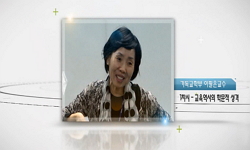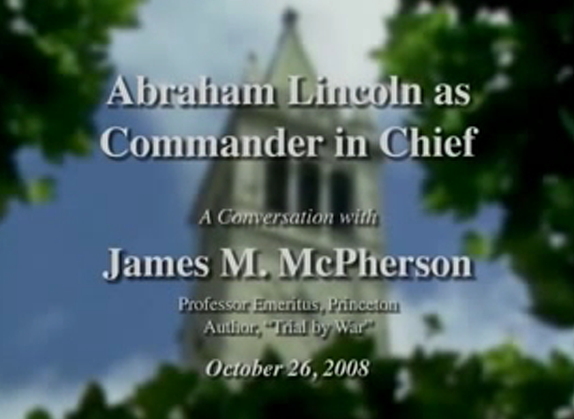The propagation of ‘Gigaku/Kiak dance’ by Mimasi/Mimaji should be considered as part of the course of history in which the ancient Japanese power accepted Buddhist culture positively from Baekje. As there existed the art of ``Gigaku/Kiak`` and its...
http://chineseinput.net/에서 pinyin(병음)방식으로 중국어를 변환할 수 있습니다.
변환된 중국어를 복사하여 사용하시면 됩니다.
- 中文 을 입력하시려면 zhongwen을 입력하시고 space를누르시면됩니다.
- 北京 을 입력하시려면 beijing을 입력하시고 space를 누르시면 됩니다.

일반논문 : 「기악(伎樂)」추적고(追跡考) -"무(舞)"에서 "악(樂)"으로 = A Study on Gigaku/kiak -From "Dance" to "Gagaku", The History of Transition-
한글로보기https://www.riss.kr/link?id=A99656799
- 저자
- 발행기관
- 학술지명
- 권호사항
-
발행연도
2013
-
작성언어
Korean
-
주제어
기악 ; 기악무 ; 백제 ; 미마지 ; 사쿠라이 ; 악호 ; 백제기악 ; 고려기악 ; 아악 ; 치도 ; 사자 ; 사자무 ; 금강 ; 가루라 ; 곤륜 ; 역사 ; 예능 ; 육국사 ; 교훈초 ; 자재장 ; 伎樂 ; 伎樂舞 ; 百濟 ; 味摩之 ; 櫻井 ; 樂戶 ; 百濟伎樂 ; 高麗伎樂 ; 雅樂 ; 妓樂 ; 吳樂 ; 資財帳 ; 金剛 ; 迦樓羅 ; 崑崙 ; 力士 ; 治道 ; 芸能 ; 六國史 ; 敎訓抄 ; Gigaku/Kiak ; Gigaku/Kiak dance ; Mimasi/Mimaji ; Sakurai ; Kure ; Gagaku/Aak
-
KDC
913
-
등재정보
KCI등재
-
자료형태
학술저널
-
수록면
217-256(40쪽)
- 제공처
-
0
상세조회 -
0
다운로드
부가정보
다국어 초록 (Multilingual Abstract)
The propagation of ‘Gigaku/Kiak dance’ by Mimasi/Mimaji should be considered as part of the course of history in which the ancient Japanese power accepted Buddhist culture positively from Baekje. As there existed the art of ``Gigaku/Kiak`` and its internal exchange in East Asia, considering the propagation of ‘Gigaku/Kiak dance’ by Mimasi/Mimaji as part of this wide trend can make it possible for us to look into the dynamics of the history of art or culture. The main points of the study is as follows. First, ``Gigaku/Kiak dance`` in NihonShoki(日本書紀, Japanese Chronicles) should be conceived as ``dance(舞)``, and this perspective allows us to clarify the changing trajectory of Gigaku/Kiak. Second, We should give attention to the facts as an indication of its decline that Gigaku/Kiak (dance) disappeared from the Royal Court by around 850 and the scores of Gigaku/Kiak as a musical piece rapidly increased from the tenth and eleventh century, and this facts suggest that there existed some connection between the prevalence of Gagaku/Aak(雅樂) and the decline of Gigaku/Kiak dance. Third, the incorporation of Gigaku/Kiak dance into the music of Gagaku/Aak, mostly the flute(橫笛), can be considered as part of the development of art from ``dance`` to ``Gagaku (music)``. Fourth, another reason for the decline of Gigaku/Kiak (danece) may be that the compulsory labor of Gigaku/Kiak dance became too heavy a burden for the people in charge since the Heian period. Fifth, it is estimated that, in its composition, Chido(治道), Sisi(獅子, lion), and a body of Kongo(金剛), Karura(迦樓羅), Konron(崑崙) and Rikisi(力士) are part of the original conveyed by Mimasi/Mimaji, and inquiring into unstable and stray characters like Gojyo(吳女·五女) and Baramon(波羅門) may provide a clue as to the whole story of the transformation of Gigaku/Kiak (dance), also giving an opportunity to answer the issue whether the obscene content of Kyokunsho(敎訓抄) is the original of Gigaku/Kiak dance by Mimasi/Mimaji. Sixth, in other words, it is possible that ``Gigaku(妓樂)`` shown in Kyokunsho is not that of Mimasi/Mimaji, and considerable transformation and confusion by errors can be contained in it. Seventh, the existing study on Gigaku/Kiak (dance) which has developed with its focus on Kyokunsho should undergo more considerate re-examination, and Korean study on Gigaku/Kiak (dance) which accepted this Japanese study should take a more empirical attitude towards this study including issues about the Gigaku/Kiak of Beakje and Goryeo. And to secure proper verification and confidence in it, we should, firstly, conduct a concrete investigation into the two regions, ‘Kure(吳)’ and ``Sakurai(櫻井)``, and secondly, re-examine the existing analysis of the composition of Gigaku/Kiak dance and the roles of characters from the perspective that explaining the wide gap between the elegant dance of Rikisi(力士) of Manyoshu and the obscene one of Kyokunsho is essential to clarify the essence of the transformation of Gigaku/Kiak (dance). These microscopic studies are important in themselves, yet it is more important to position the study on Gigaku/Kiak (dance) within the wide frame of the history of art, and to interpret its significance in it. It will include the intersection and negotiation of various social, political and cultural elements, and enlighten the traces and vestiges that the precedents left in the later arts and culture. Studies with this objectives will allow us to make a sketch of the history of art, culture and society with its focus on Gigaku/Kiak dance.
동일학술지(권/호) 다른 논문
-
일반논문 : 한일병합 전후 일본어잡지의 조선문예물 번역 연구 ;『조선(급만주)』『조선(만한)지실업』『조선공론』을 중심으로
- 한림대학교 일본학연구소
- 김효순 ( Hyo Sun Kim )
- 2013
- KCI등재
-
일반논문 : 다이쇼 시기 일본, 식민지 조선의 민중예술론; 로맹 롤랑의 "제국" 횡단
- 한림대학교 일본학연구소
- 박양신 ( Yang Shin Park )
- 2013
- KCI등재
-
일반논문 : 근대 일본 식민정책학의 전개와 귀결;1942년 대일본척식학대회를 중심으로
- 한림대학교 일본학연구소
- 손애리 ( Ae Lee Sohn )
- 2013
- KCI등재
-
일반논문 : 목소리로 쇄신되는 "조선"; 1945~1955년의 일본 좌파운동과 조선 이미지
- 한림대학교 일본학연구소
- 임경화 ( Kyoung Hwa Lim )
- 2013
- KCI등재




 KISS
KISS






